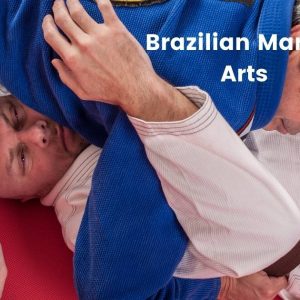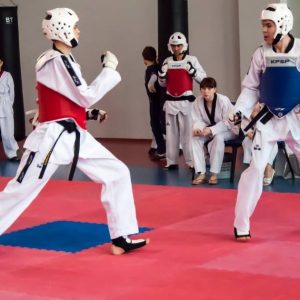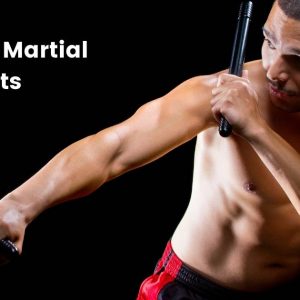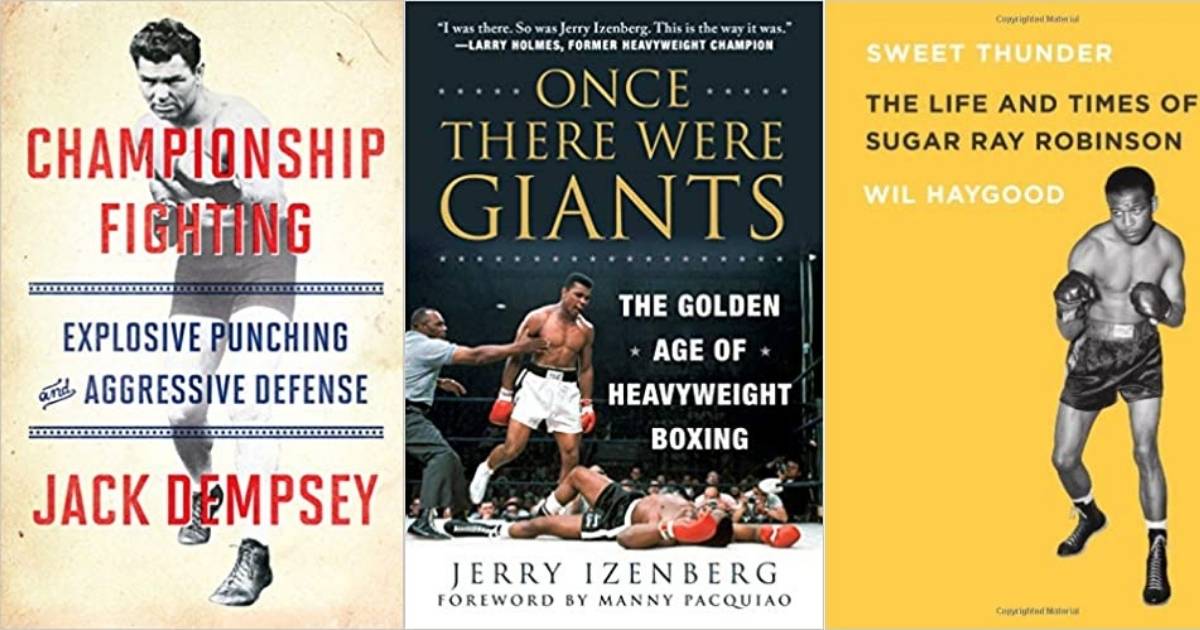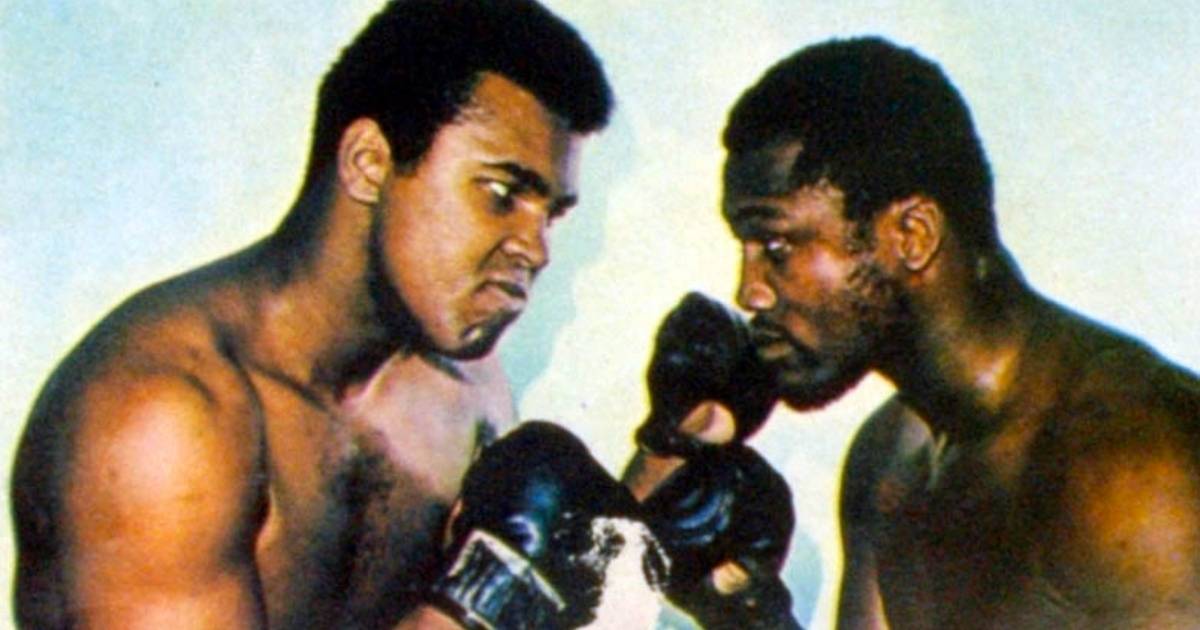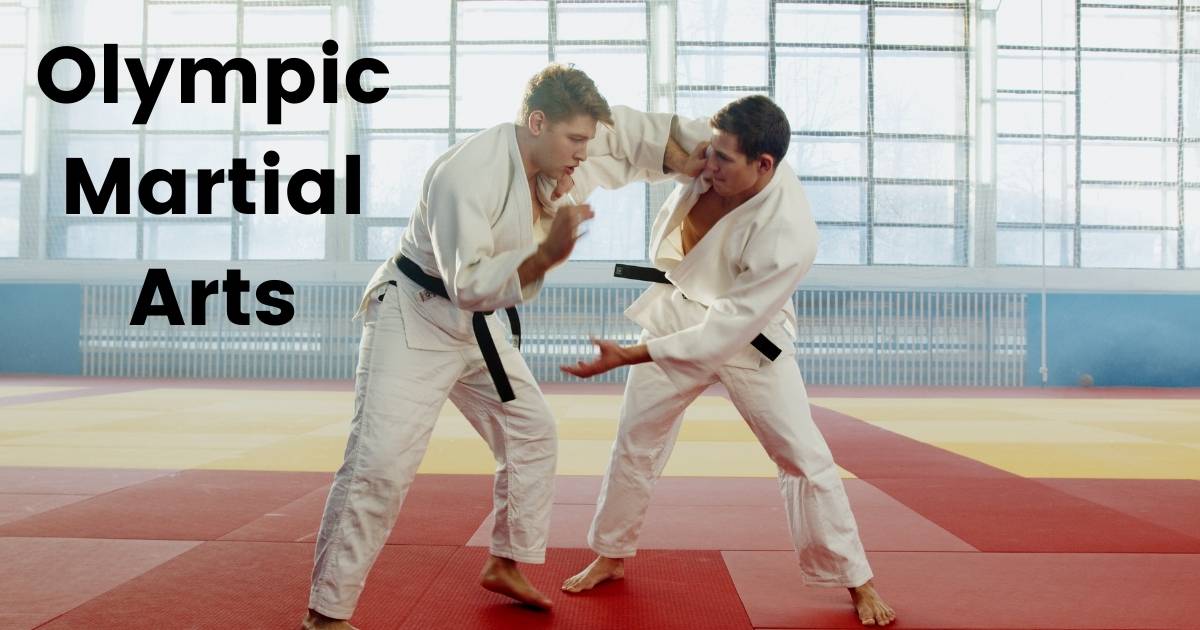If you’re young enough, you might remember Samurai Jack. Well, guess what? Japanese martial arts date back to the samurai age! If you haven’t heard of all styles, you’ve probably at least heard of Kendo and Karate.
The history of martial arts dates back thousands of years stemming from China. There are over 180 martial arts in the world, and many of them originated in Asia. Karate on its own has four different styles, can you believe it?
Today, we’ll discuss five of the most famous Japanese martial arts. These are “bugei” or “budo” in Japanese. After reading this article, you’ll be able to decide which “bugei-ka” you want to become. That’s what a practitioner is called. The name of the martial art + “ka,” denoting your occupation or pursuit. So, if you practice Karate, you’ll be a “karate-ka.” Let’s get into it?
Contents
The Roots
As mentioned, Japanese martial arts originated from the samurai’s role. The warrior class, to be precise, in medieval Japanese society. The samurai, considered “elite” people, were experts in combat. They owned and fought with treasured Japanese swords known for their sharpness. You’ll know these as “katana”.
How did they become such experts? Through rigorous training. These people adopted a philosophy called “bushido,” meaning “way of the warrior.” Bushido’s main principles were frugality, mastery of martial arts, honesty, and honor. That’s why samurais were among the most disciplined people.
While the samurai class was abolished from 1868-1912, many still practice martial arts and live in the memory of their moral code.
Today, Japanese martial arts can be described in two ways. Budo is the “martial way” and bujutsu the “martial technique”. Both are used interchangeably. But, bujutsu tackles strategy to defeat the enemy, while budo focuses on self-development.
List of Japanese Martial Arts Styles
Now that you’re acquainted with the history, let’s explore some of the popular styles. We’re going to look at both hand-to-hand techniques and the use of weapons.
Judo
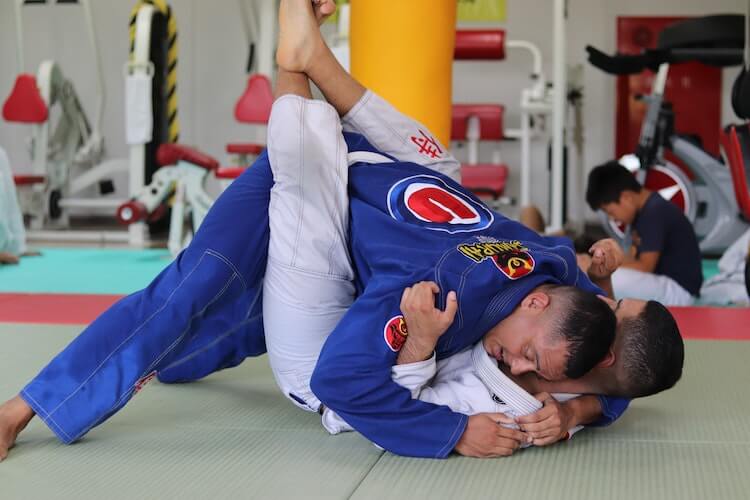
We’ve all heard of Judo at one point or another. Judo’s father, Jigoro Kanno, was a pioneer of Japanese martial arts and education. He developed the Japanese martial art of Judo in 1882. As well as supporting the development of its ranking system. This is known as the kyu and dan system (the beginner ranks are indicated by kyu, and advanced ones are denoted by dan).
Judo was the first Japanese martial art to become an Olympic sport in 1964, all because of Kanno’s efforts. He even introduced Judo and Kendo to the curriculums of Japanese public schools.
Judo’s literal translation is “gentle way”. The base idea is that when you focus on martial art’s spiritual aspects, you’re able to improve your physique as well.
Judo focuses on full throws and submissions. Practitioners must learn moves that empower them to put their opponents to the ground without injuring them.
In tradition, practitioners all wear Judo gis. But, with the rise in popularity of MMA, judo throws are being used in no-gi battles.
Karate
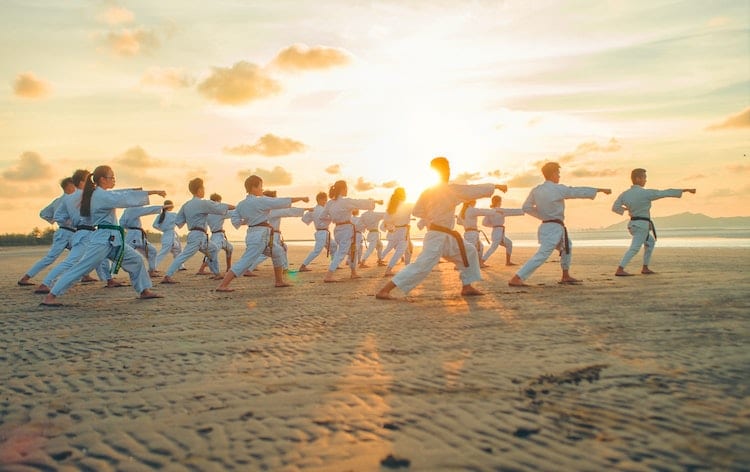
Stemming in Okinawa, Karate means “empty hand,” which is why Karate doesn’t focus on the use of weapons at all. There are four main styles of Karate practiced in Japan:
- Shito-Ryu
- Wado-Ryu
- Shotokan-Ryu
- Goto-Ryu
If you’ve noticed the “Ryu” being repeated, it’s because it means style.
This martial arts style uses strikes, punches, and kicks. While it’s almost purely physical, it’s also rooted in philosophy. A karate-ka gets ranked and judged on many areas of their performance, including:
- Their moves
- Speed
- Balance
- Movements’ rhythm
- Technique’s clarity and effectiveness of expressing themselves
Currently, Karate is practiced by more than 100 million people worldwide. It’s also the latest Olympic martial art as it made its debut at the Tokyo Olympics in 2021. Like Judo, it’s also ranked using the kyu and dan system. Along with the famous belt system, starting with white at the lowest level and black at the highest.
Kyudo
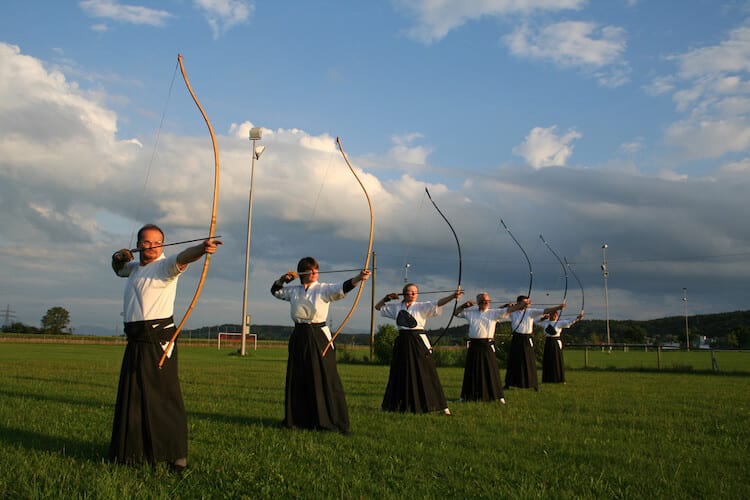
Kyudo is one of the martial arts utilizing weapons; it’s Japanese archery. Kyudo translates to “the way of the bow,”. The activity requires sophisticated maturity and discipline for one to master it.
Dating back to the Yayoi period (300 BCE- 300 AD,) Kyudo was an integral part of the samurai culture. Samurai needed to excel in horseback archery (yabusame) to elevate their spiritual discipline. This was also done by becoming experts in other martial arts.
This enabled long-range attacks as well as moving attacks, without immediate retaliation. With the introduction of modern weapons, archery became less used in battles. It’s still used for spiritual training and discipline as it helps with focus and dexterity.
Like Judo and Karate, Kyudo is also ranked using the kyu and dan system. Yet, tests are more elaborate and challenging with ceremonies lasting eight or more hours.
Kendo
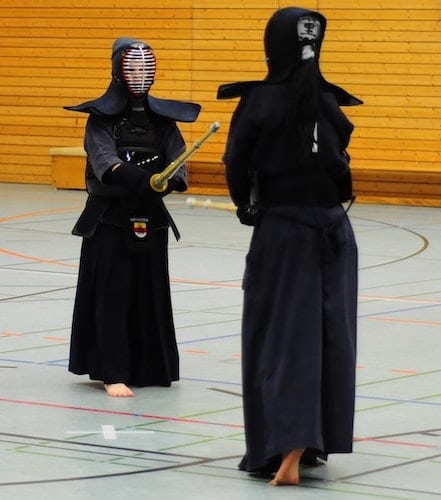
Kendo means “the way of the sword,” and is derived from the swords that were used by samurai. This unique martial arts style uses bamboo swords, called shinai. All Kendo-da wear protective gear and helmets to ensure that no injury is caused, though.
The aim is to strike the guarded areas with gear and helmets during practice. So, the focus is on the head, torso, throat, or wrists, to win points. If you’ve ever watched videos of kendo, you’ll know that it is fast-paced and exciting.
What’s also impressive is that practitioners use shouts, called Kiai. This is to maintain their physical, and mental balance, and prove their balance of spirit while playing. There are also many spiritual rules governing Kendo. Such as, that you need to have both your hands on the sword and your feet kept in balance while making a strike.
Like the rest of the martial arts we’ve discussed, Kendo is also ranked using the kyu and dan system.
A Tradition to Live!
Japanese martial arts have existed for thousands of years in Japan. No doubt people will continue them both in Japanese culture and worldwide for many years to come.
These martial arts aren’t made for modern-day warfare. But, the educational, self-defense and self-improvement benefits are worthwhile!

